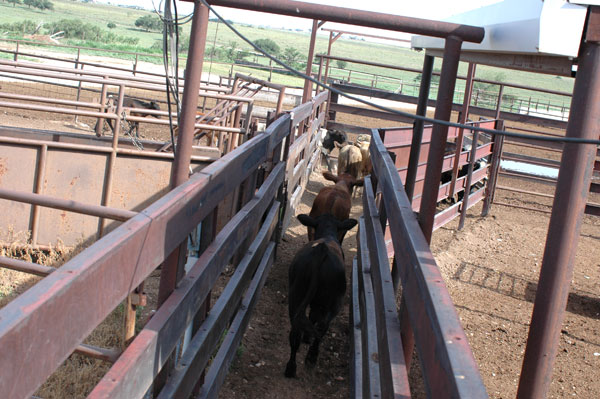Subscribe to Our Newsletters
BEEF Magazine is the source for beef production, management and market news.
Tight supplies pushed calves as much as $10-$15/cwt. higher as softer wholesale beef values took the steam out of the fed cattle market.
December 6, 2014

You May Also Like